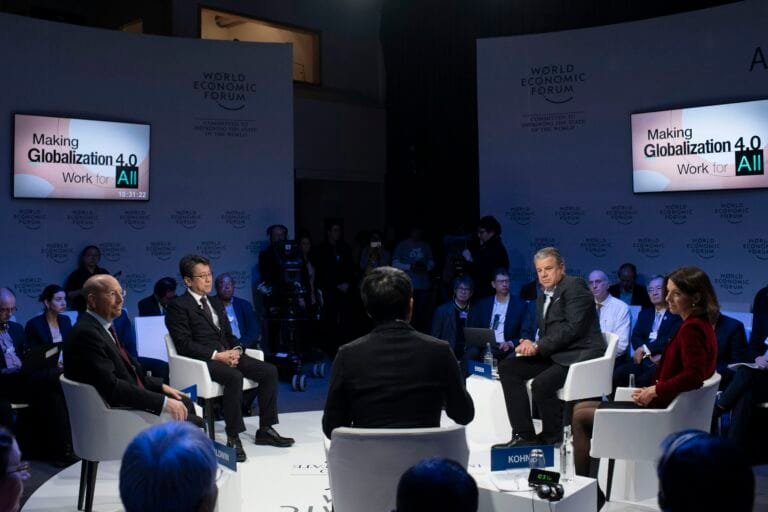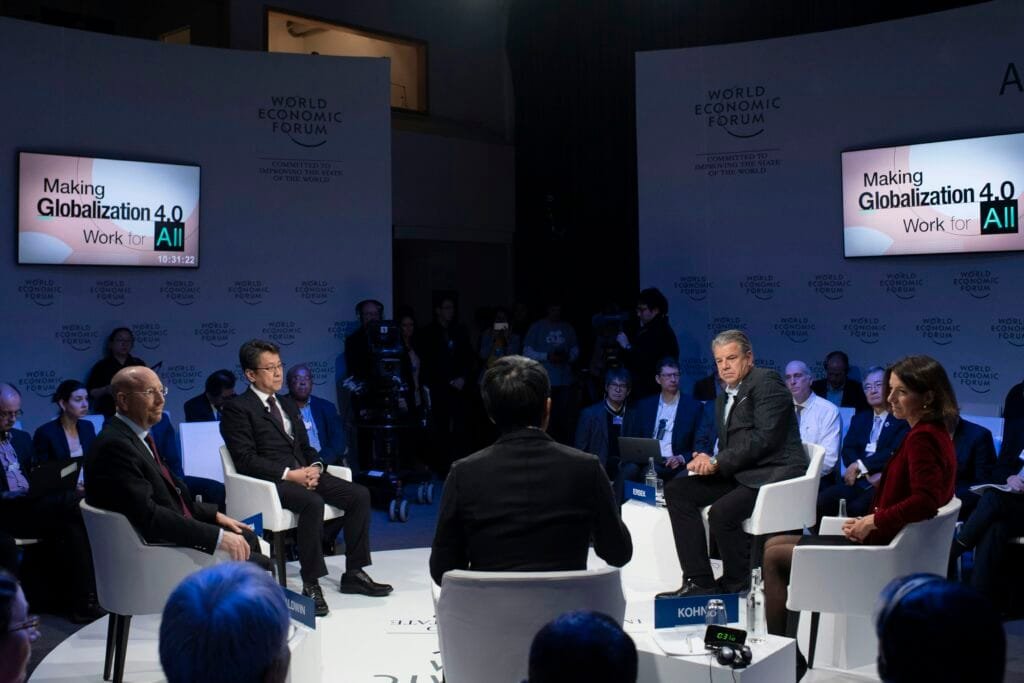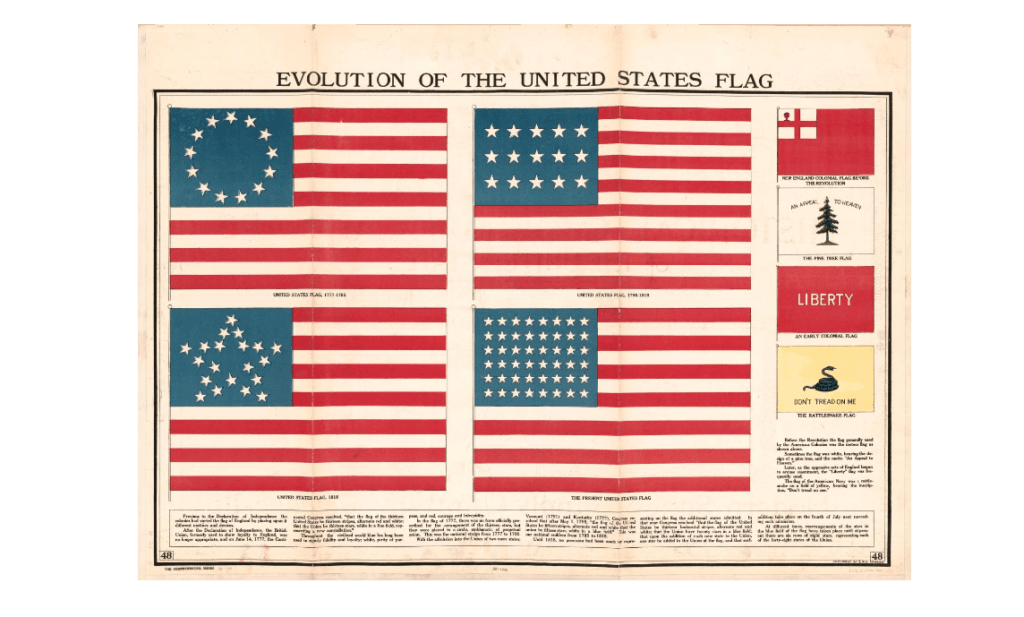Evanston Economic Development Committee members backed allocating some of the city’s remaining federal Covid recovery funds to a number of key business initiatives at their April 24 meeting, including $500,000 for the Maple/Church/Davis plaza area where the city is scheduled to move its operations.
Officials face a “ ticking clock” on use of the $3 million in American Recovery Protection Act funds allotted to the committee to fund initiatives in the Evanston Thrives plan to enhance the city’s business districts.
The amount of ARPA funds allocated for economic development is $3 million for Evanston Thrives. About $900,000 has already been allocated for Evanston Thrives murals by Art Encounter ($61,0000); Place-making Kit Planning by All Together Evanston ($41,280); All Together Evanston Communications Plan ($78,200); the Independence Park Dining Terrace ($500,000) and the Small Business Recovery Fund, $250,000.
U.S. Treasury regulations specify that projects funded through ARPA either be completed or scheduled for completion by end of the year. Short of that, the fund recipients must have a plan and a timeline in to the U.S. Treasury by July 31.
Economic Development Manager Paul Zalmezak stressed he was “not trying to cause panic. But “we’ve got 14 more Council meetings (left in the year) so there’s not a lot of time to do it.”
Asked what would happen if the projects were not approved until December, Zalmezak said it would be “horrifying.”
Theater/Civic Plaza
Staff’s list included stepping up ARPA funding from $100,000 to $500,000 for the Theater/Civic Plaza project at Maple Avenue, Church Street and Davis Street.
The $100,000 funding was proposed well before officials in a surprise action voted to move out of the city’s longtime base of operations at 2100 Ridge Ave., and into the 909 Davis Street office building which sits right off the plaza.
In a memo to the committee, Zalmezak noted that the “project aims to transform the space bound by CTA, Church Street, Metra, and Davis Street into a vibrant and inviting hub for community gatherings, outdoor dining, cultural events, and placemaking initiatives. The selected firm will be responsible for creating a plan that incorporates outdoor dining furniture, festoon/festival lighting, gateway signage, intersection paint, train viaduct murals, and other exciting placemaking infrastructure.”
Staff has already sent out a Request for Proposals on the project, Zalmezak told the committee, receiving requests last week.
He indicated that response was strong. He indicated that officials determine the costs of buying furniture and commissioning other work to enhance the plaza, which sits across from a dilapidated CTA entrance, they won’t know if the full $500,000 is needed.
Council member Clare Kelly, 1st Ward, asked whether the amount could be reduced and the “surplus” be allocated to the Small Business Fund.
Angela Pennisi, who represents the city’s MWEDBE Committee, said she wasn’t in favor of the motion.
“I would prefer that we see what comes in for $500,000.”
There will be an opportunity then to reallocate the money if the plan for the Plaza comes in so high “we wouldn’t want that,” she said.
The motion to reduce the allocation failed in a 5-2 vote.
Zalmezak said he should know the cost of the plaza development within about 90 days.
“So I’d like to try to hold on to the $500,000 line item,” he told the committee.
Committee member Katherine Gotsick, executive director of The Main-Dempster Mile, the non-profit Special Service Area organization that markets and promotes that district, expressed hope that the needs of all districts be considered in the event of surplus funds for any project.
If the money is not used, “will we lose it?” she said referring to the deadline the city faces on the federal funds.
At that point, if the money is not needed, officials would then go back to the priority list drawn up with business community leaders and others for use of the much sought after ARPA funds.
Council member Jonathan Nieuwsma, chairing the committee in the absence of Council member Devon Reid, said he was sure the Council would not let any allocated funds slip through their fingers.
New Receptables for Downtown trash
In a memo to the committee, Zalmezak wrote, “While garbage cans may not be viewed as a catalytic investment, their ubiquity (cans at every intersection) elevates the importance of a high-quality appearance. A majority of the existing cans are rusted and are open at the top, allowing overflowing, wind-blown trash and easy access by rats. The blue lids on the recycling cans are often blown off in windy conditions. Public Works Agency reports there is a limited budget for cans, and a replacement schedule would take several years. An immediate replacement with ARPA will allow the downtown area to experience an immediate improvement, coupled with planned landscaping improvements.”
EDC Committee member and business owner Cheryl Judice noted the allocation for about 120 new trash receptables was $165,000. “That’s more than $1,000 per can,” she said. The cost broke down to $1,375 per can.
Kelly noted that in the past there have been issues with the frequency of collection schedules. “So is that being reviewed?” she asked. “Or is this request [made] in part to help address that so we can continue with less frequent?”
Because of the refuse pick-up schedules, large containers are necessary to control litter and rodents, as the pickup schedules will likely remain the same, a city official said. He added that he hopes the public will distinguish between the recycling and trash bins.
Fountain Square South Plaza Improvements
No one disagreed about the poor appearance of the south plaza of Fountain Square. The “permanent” holiday tree died a few months after it was placed there. People who sit there feel like they’re in a wind tunnel, some have said.
Zalmezak said bright new furniture might make the place more attractive. Andrew Vick, executive director of Downtown Evanston, suggested going easy on the bright colors.
The estimated cost to replace the tree and make the plaza more pleasant is $200,000.
Other allocations
The committee also approved these items for ARPA funding through Evanston Thrives. Phrases below the description of the item summarize some of the committee members’ concerns:
- Downtown Placemaking equipment, $200,000 ·
- Clear gateways at the entrance of each district, $500,000
- Items other than banners would be preferable.
- Noyes Street Furniture, Estimated Cost: $10,500
- These will be placed in front of Noyes Cultural Arts Center
- Pilot community events fund to support local community to initiate mote events in public spaces, $45,000
- Help with security barricades and tables and chairs would be most appreciated.
- Arrington Lagoon Building Estimated Cost: $100,000
- This funding would help get the food-and-beverage service a start; it is not sufficient to make the place operational as a restaurant.
- Callan Plaza (Howard Street) Estimated Cost: $150,000 (plus an additional $100,000 approved for implementation of One Howard)
- Electrical Connections (for placemaking plazas) Estimated Cost: $50,000
In one motion, these allocations, together with the allocations for the theater/plaza, the downtown trash receptacles and improvements for Fountain Square South were approved for recommendation to City Council.
Council could consider the recommendation at its next meeting, if there is a quorum.
Mary Gavin contributed to this story.













